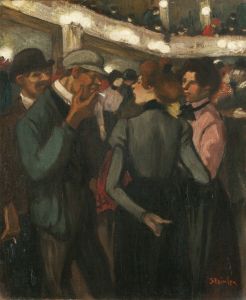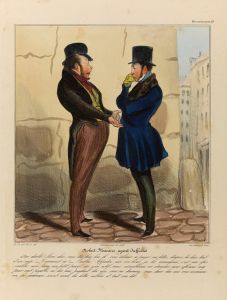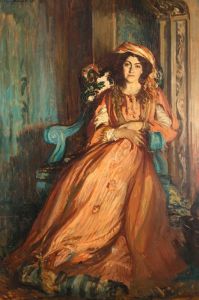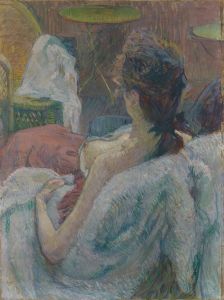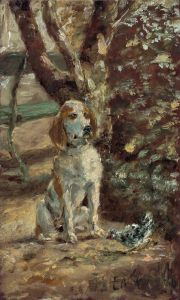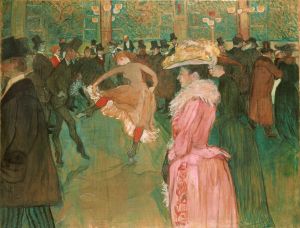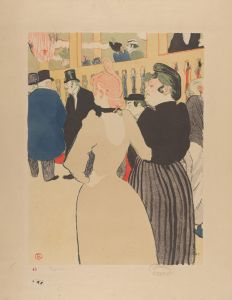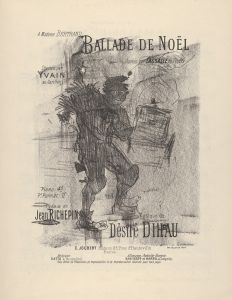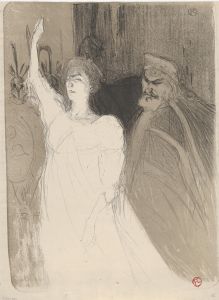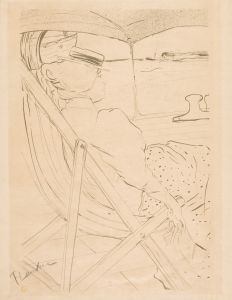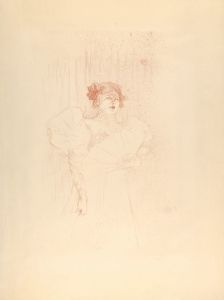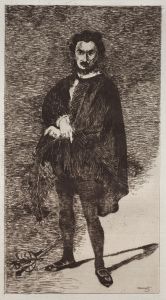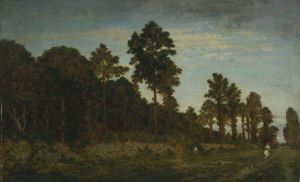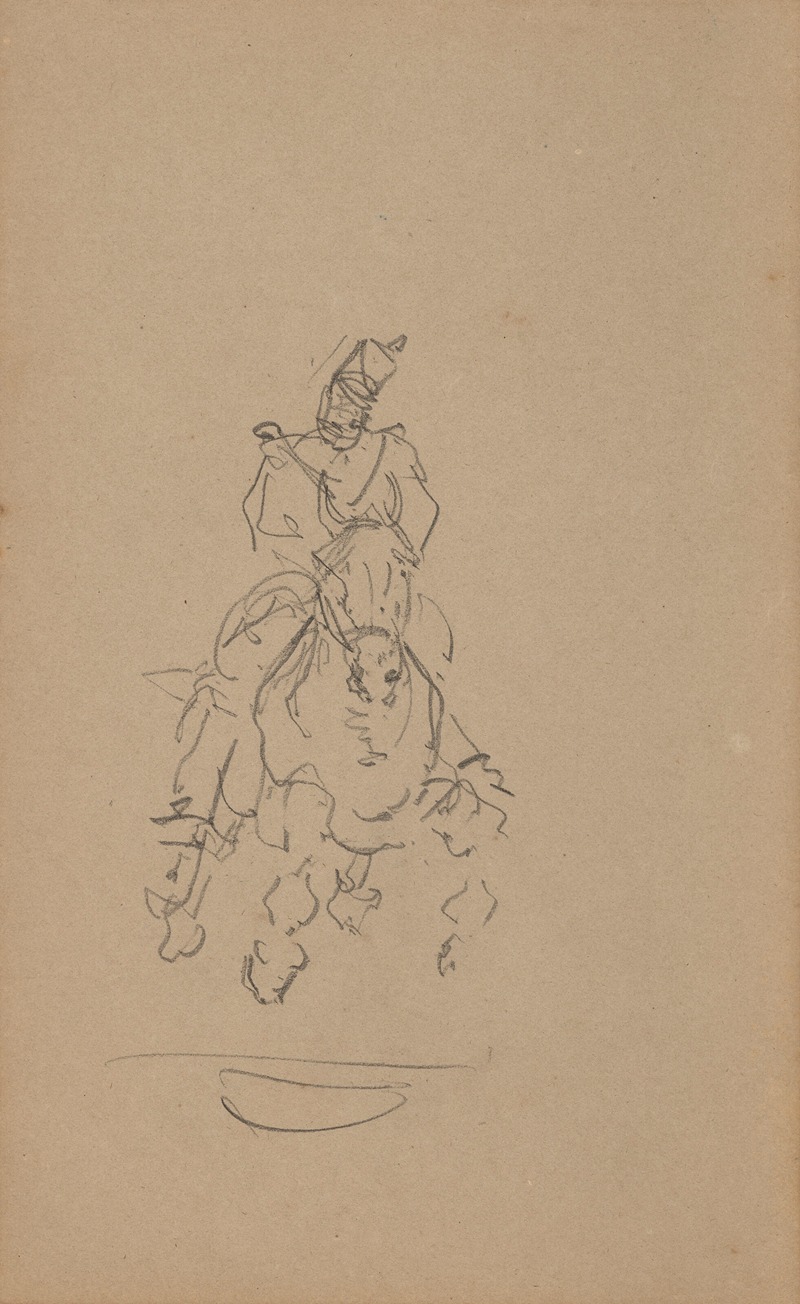
Cavalier
A hand-painted replica of Henri de Toulouse-Lautrec’s masterpiece Cavalier, meticulously crafted by professional artists to capture the true essence of the original. Each piece is created with museum-quality canvas and rare mineral pigments, carefully painted by experienced artists with delicate brushstrokes and rich, layered colors to perfectly recreate the texture of the original artwork. Unlike machine-printed reproductions, this hand-painted version brings the painting to life, infused with the artist’s emotions and skill in every stroke. Whether for personal collection or home decoration, it instantly elevates the artistic atmosphere of any space.
Henri de Toulouse-Lautrec, a prominent French painter, printmaker, draughtsman, and illustrator, created the painting "Cavalier" in the late 19th century. Toulouse-Lautrec is best known for his depictions of the bohemian lifestyle in Paris, particularly in the Montmartre district, where he spent much of his life. His works often capture the vibrant nightlife, including scenes from cabarets, theaters, and dance halls.
"Cavalier" is one of Toulouse-Lautrec's lesser-known works, and it depicts a horseman, or cavalier, which is somewhat atypical compared to his more famous subjects. The painting showcases Toulouse-Lautrec's distinctive style, characterized by bold lines, dynamic compositions, and a keen eye for capturing movement and personality.
Henri de Toulouse-Lautrec was born on November 24, 1864, in Albi, France, into an aristocratic family. Despite his noble lineage, he faced significant physical challenges due to a genetic disorder that stunted the growth of his legs after childhood fractures. This condition left him with a short stature and contributed to his unique perspective on the world around him. Toulouse-Lautrec turned to art as a means of expression and found solace in his creative pursuits.
He moved to Paris in 1882 to study art and quickly became immersed in the city's vibrant cultural scene. Toulouse-Lautrec's work was heavily influenced by the Impressionists, particularly Edgar Degas, and he developed a keen interest in capturing contemporary life. His art often featured the performers and patrons of Montmartre's nightlife, including the famous Moulin Rouge cabaret.
"Cavalier" reflects Toulouse-Lautrec's ability to convey character and emotion through his subjects. The horseman in the painting is depicted with a sense of movement and energy, showcasing the artist's skill in capturing the essence of his subjects. The use of bold lines and a limited color palette is typical of Toulouse-Lautrec's style, emphasizing the figure's form and the dynamic nature of the scene.
Toulouse-Lautrec's work was not always well-received during his lifetime, but he gained recognition for his unique approach to art and his ability to capture the spirit of Parisian nightlife. His posters and illustrations became iconic representations of the Belle Époque era, and his influence extended beyond the art world to popular culture.
Despite his physical limitations and struggles with alcoholism, Toulouse-Lautrec remained a prolific artist until his death on September 9, 1901, at the age of 36. His legacy endures through his extensive body of work, which continues to be celebrated for its innovation and insight into the human condition.
"Cavalier" is a testament to Toulouse-Lautrec's versatility as an artist and his ability to explore different themes and subjects. While it may not be as widely recognized as some of his other works, it remains an important part of his oeuvre, showcasing his talent for capturing the essence of his subjects with a distinctive and expressive style.





